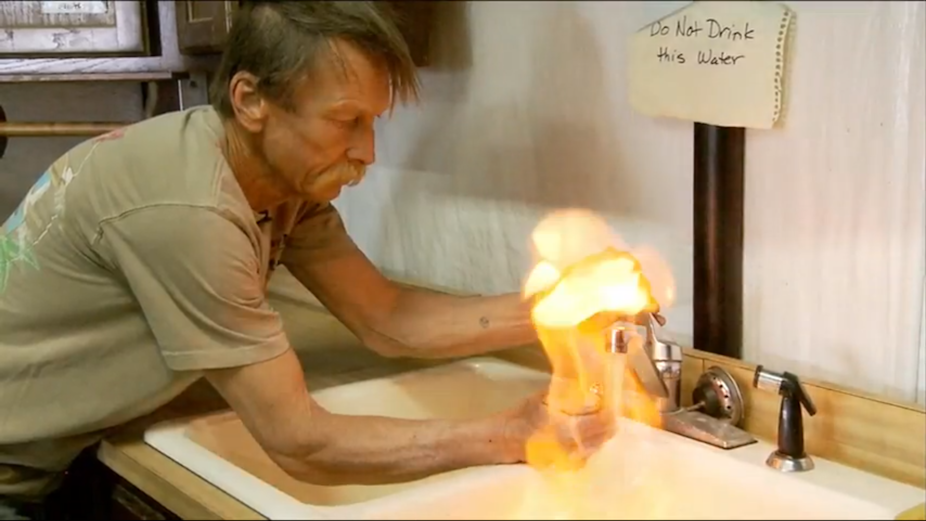Fracking. It’s a hotbed of controversy that spans our increasingly energy-hungry globe.
The French have turned their back on it. Permanently. And now the NSW government has temporarily frozen the use of fracking for extracting coals seam gas.
The use of fracking to extract coal seam gas in eastern Australia has been receiving much negative publicity, particularly in the last few months.
Also known as hydraulic fracturing, fracking is a technique to produce gas from coal seams and shale rocks. It involves pumping water, sand and chemicals under high pressure into the coal or shale to create fissures or cracks, to enable the gas to come out. The process requires vast amounts of water, and results in enormous amounts contaminated water containing chemicals and excessive amounts of salt.
Last week the NSW government extended their initial sixty-day moratorium on fracking to 31 December 2011 for new licences. “The community expressed a number of concerns and we’ve listened,” the government said. “Now we are acting by introducing these tougher conditions.”
The NSW government also now requires the gas producer to hold a water licence for water use of more that 3 megalitres per year (that’s 3 million litres). In addition the use of a cocktail of chemicals, known as BTEX’s, have been banned.
While some may argue the steps that NSW has taken is not enough, other critics argue that it is at least more than their northerly neighbours.
In Queensland, the tool used to manage environmental issues related to fracking is “adaptive management”. As the Queensland government notes on its web site, it is a system to monitor and instigate change where required, and to enable best practice to be implemented as technologies to develop.
By its own admission, adaptive management in Queensland is used to “address unknown and unintended impacts when making important management decisions”.
This would seem a rather risky form of regulation – if the impact of a process is either unintended or unknown, why not test it before allowing it to be used in the environment?
If fracking were a vaccine or a new cancer medicine, it would have undergone many years of testing and trials before it was allowed to be used on its intended target – a human. Only when a drug is completely safe is it released for human consumption.
We don’t rely on adaptive management of drugs in humans, so why would we allow it for our agricultural lands?
The decision by the NSW is timely. With changes to legislation afoot, and the national Lock the Gate groundswell by farmers to stop fracking until independent scientists research the effects, the decision to extend the moratorium is a wise one.
But the concern is that this moratorium is nothing more than a political delay, to enable the furor to die down after several highly publicised incidents concerning wells in Queensland.
What is certain is that some countries such as France have evaluated the use of fracking and given it the boot. In a parliamentary vote last month, the French Senate voted 176-151 to ban fracking. This ban was the result of increasing concerns by the French public over health and safety effects of water contamination and the use of chemicals.
The French ban on fracking has created a wave of reexamination of the use of fracking.
At the top of the list is the New Jersey Senate in the USA. In a vote of 31-1 in the Senate, and 56-11 in the Assembly, New Jersey banned fracking last month, sending a clear message that the moratorium imposed in 2010 was permanent.
The Senate cited ground water contamination as the reason for the ban. This ban is important, since the gas extracted in that state is part of the Marcellus Shale Formation, which was the subject for the movie Gasland.
What will happen in NSW is unclear.
What is clear is that fracking is a global issue, one that governments are standing up and saying loudly that they don’t want it in their patch. NSW has at least made a start.

